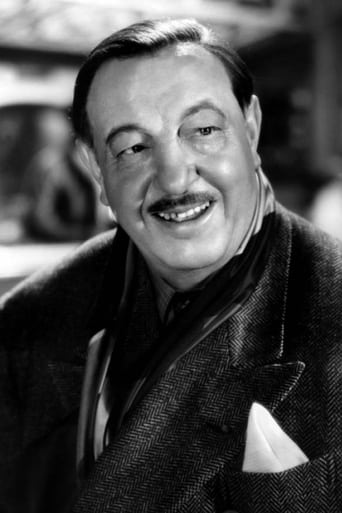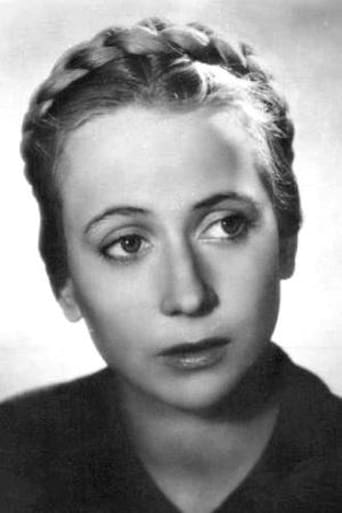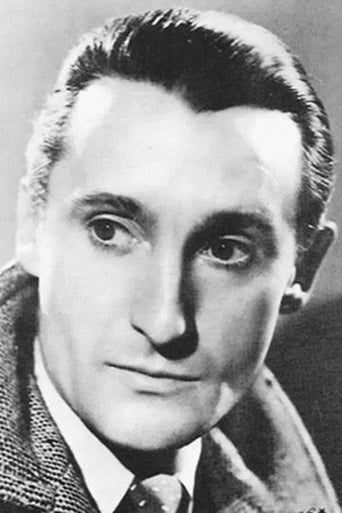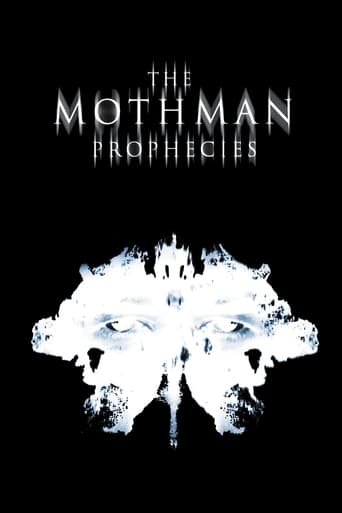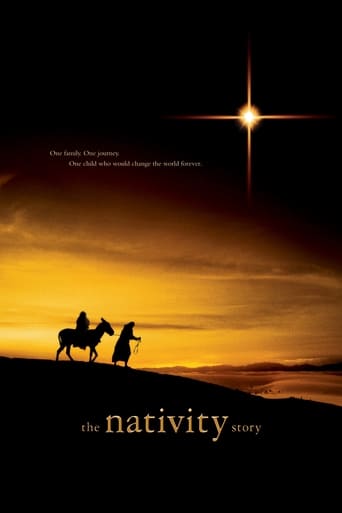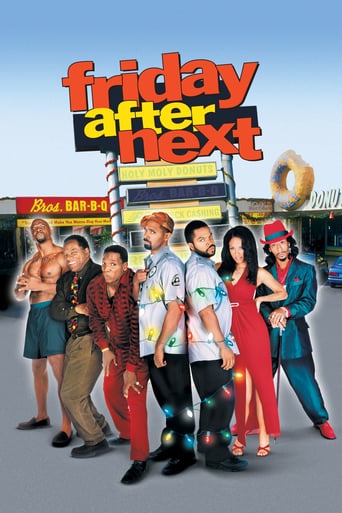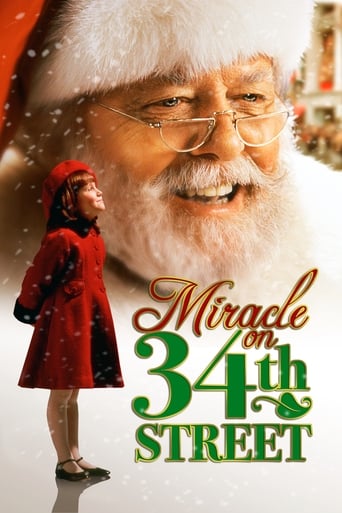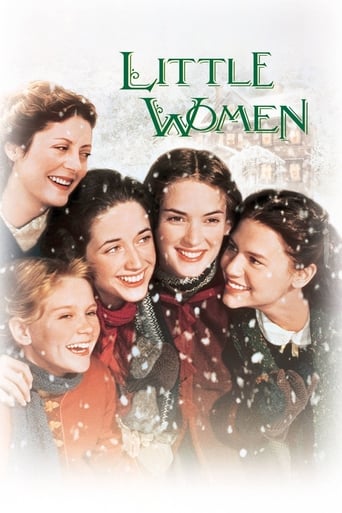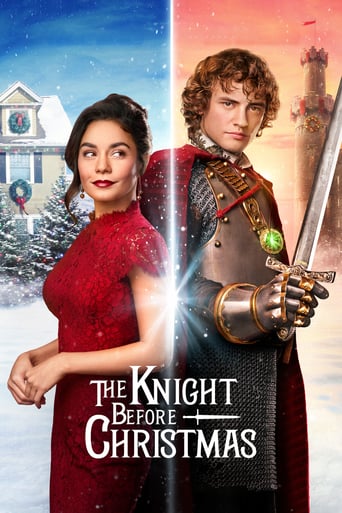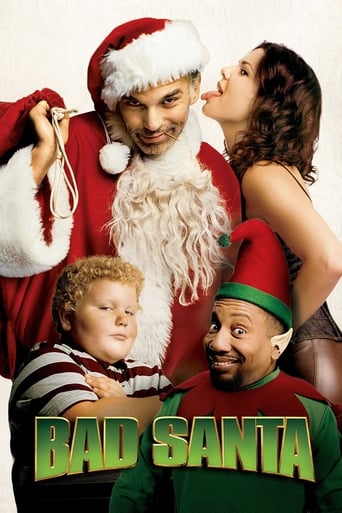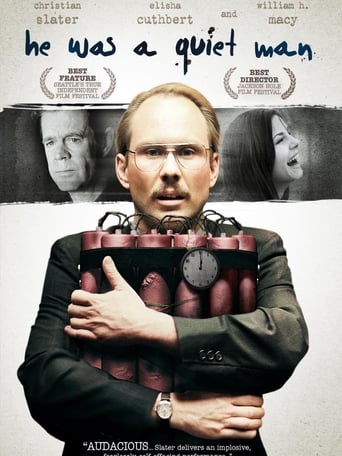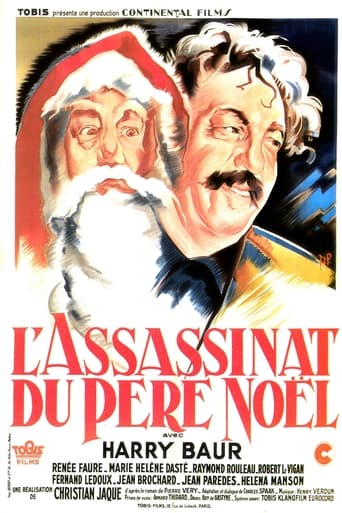
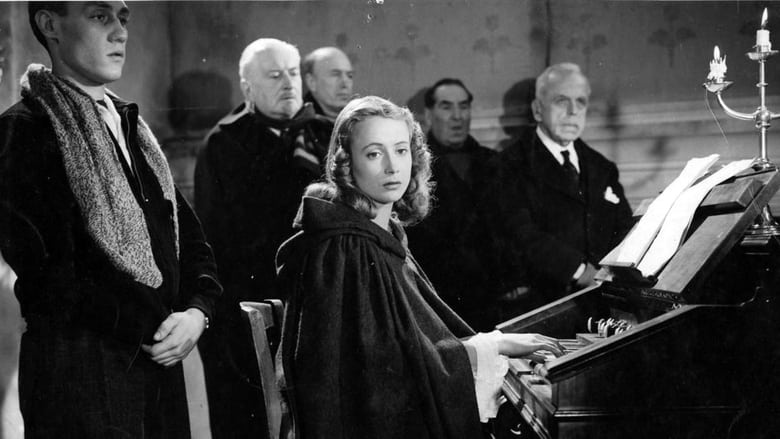
Who Killed Santa Claus? (1941)
A village in the French Alps is rocked by a series of crimes, including the theft of a sacred ring and the murder of a man dressed as Père Noël (Father Christmas).
Watch Trailer
Cast


Similar titles
Reviews
Just perfect...
Did you people see the same film I saw?
Best movie of this year hands down!
Story: It's very simple but honestly that is fine.
"L'assassinat du Père Noël" opens with an act of defiance, the village school teacher Villard announces to the onlooking children that there are two ways to be successful in life, either through one's own hard work ("propre industrie") or the imbecility of others ("l'imbécillité des autres"). This is a slightly bemusing point decades later without the context that the film was released in 1941, during the German Occupation of France. It is one of those breath-taking moments you see in films of the Occupation where someone essentially risks their life to defy the Nazi death cult (another is a sotto voce mocking of the Nazi salute at the end of "L'assassin habite au 21"). Here "imbecility of others" would appear to be referring to the support of the people for the rise of popular fascism. The censors appear to have been too square to notice any of this. There is further poignancy when you realise that one of the stars of the movie, Harry Baur (as Cornusse/Santa Claus), was tortured to death by the Gestapo very shortly after this film was made.The plot is about a snow globe village at Christmas, and you know that given the title of the film, and indeed if you were a cinema-goer at the time, from the movie posters, that Santa Claus or someone dressed as him will be murdered. Who killed him, the Baron who has mysteriously returned after many years, or one of the various "pillars of the community" we are introduced to. It is a noir film for sure, the village in claustrophobic, snowed in, the atmosphere is thick, which bits are as they seem? Is fair foul or foul fair to borrow from Monsieur Shakespeare.It doesn't really matter whodunit, not to me anyway, and so I wasn't bothered by the quick wrap up at the end of the movie. The main theme of the film for me was truth and fantasy. The teacher Villard is a commie and a freethinker, not of the obviously deplorable kind, he has a lukewarm heart as well. But his search for the "truth", who he is the champion for is ridiculed by the events of the movie, although he is a "freethinker" his thoughts are obviously not free enough to realise that Catherine, championing fantasy, is almost completely unmoved by his wooing, and indeed that the reason for this is that they are no match at all. Perhaps the truth is like the white vermouth he habitually orders in the bar, not a particularly palatable drink. Perhaps the primary motivation for exposing the truth, is a deep-seated hatred. However the movie is even-handed, there are perils to fantasy as well, Cornusse and his cockamamie stories, for all their charm, mess with the heads of the children, as you evidenced by the bitter speech of the Baron, who heard them in his turn, and was led by them into misadventures. Catherine at one point talks of wanting a knight in shining armour husband who will kill any other man who looks at her, romantic fantasy can be pathetically cruel.The encirclement of the police near the end of the movie is perhaps a message to the audience to hold tight, the world is coming to save us. There are hints throughout that even greater themes are lying just between the surface of the film, which plays with narrative and explores the nature of narrative (a paradoxical falsity that allows us to believe we have made sense of things) marvellously well. The two old men playing Belote may be our only gods.
Originally planning to view the X-Mas-set French Film Noir Le Monte- charge,I found out about a fascinating-sounding X-Mas set French film,which was the first movie in France to be financed by the Nazis during their occupation of the country,which led to me getting ready to discover who killed Santa Clause.The plot:With the Christmas season approaching,a local priest begins to get his church set for the Christmas celebrations.Getting out the centrepiece item for the occasion, (a ring called St Nickolas)the vicar is suddenly knocked out.Waking up,the vicar discovers that the ring of St Nickolas has been stolen.As word about the robbery spreads across the town,suspicions begin to fall on Baron Gaspard Cornusse,who has recently returned to the village,and claims to be suffering from leprosy.Hoping to find the ring before Christmas day,the village residence are given an early Christmas present,when the man who has played Santa Clause in their village for the last 20 years,is found in his Santa outfit-brutally murdered.View on the film:Designed as the film which would give the Nazis a grip on the French film industry, (via the "fake" studio Continental Films) Charles Spaak's adaptation of Pierre Véry's novel shows a tremendous skill in slyly including subtle support for the French Resistance which went under the German censors nose.Giving the movie an idyllic setting of a small snowy village,Spaak places a number of allegorical themes above the snowmen,as Spaak shows the village residences fall into fear,paranoia & mistrust of each other,with Spaak smartly using snow to show the village become blocked off/occupied from the outside world.Despite being made under extremely difficult circumstances,Spaak delivers a stirring "Christmas Message" of defiance via using Santa Clause to show that an idea/belief (in this case the meaning of Christmas) can't be killed off.Wrapping the title up in a winter atmosphere,directors Roger Chapatte and Christian-Jaque perfectly capture the season,by using deep,charcoal blacks to show a chill sweeping across the village.Along with the Christmassy mood,Chapatte & Jaque also give the title a strong sinister undertone,thanks to using excellent fade in/fade out and swirling camera moves to show the feelings of fear and mistrust that each of the village residences have for each other.Becoming the first major French actor to be tortured by the Nazis, Harry Baur (who would tragically die from the effects of the Nazis torture) gives an extraordinary performance as Gaspard Cornusse,thanks to Baur filling Cornusse with a devilish charm,that also hints at something sinister hiding just underneath the characters skin,which makes the film a sad glimpse into the amazing future performances which Baur could have given.Making her film debut,the very pretty Renée Faure (who would later get married to co-director Christian-Jaque) gives a terrific performance as Catherine Cornusse,with Faure showing Catherine to pick up on the tension within the town,but being unable to let go of the child-like joy of the Christmas season,as the residence of the town discover who killed Santa Clause.
Unlike the precedent user,I will not speak of the political background but of Christian-Jaque's intentions.It was obviously intended to match the brilliance of his former work "les disparus de Saint-Agil" (1938),the script of which having been written by Pierre Very too from his two novels.In both works two worlds coexist:the adults on one side,the children on the other."Les disparus de Saint-Agil",which was a small miracle in itself succeeded in perfectly blending the two worlds .In "l'assassinat du père noel' the two sides do not hang very well,the "grown-ups " and the "brats " plots go their separate ways and only a tenuous line desperately tries to connect them:Baur's daughter,dreaming of fair knights and Princes Charming of fairy tales ,an adult who's still a child.The best is the atmosphere:the village surrounded by snow,where they gather for the feast of Xmas ,wrapped in mystery:a strange woman,searching for her cat-she will be searching for almost the entire film- ,a handsome baron who hides one of his hands in a glove (leprosy?),an anticlerical schoolteacher (almost a pleonasm in those years),a shady chemist ,and the gendarmes who cannot ,until the very end reach the isolated place where a Santa Claus has been killed.Besides ,a bedridden child is eagerly waiting for his father Xmas.The movie is mainly worthwhile for its atmosphere;the detective plot is disappointing;the solution is given in about 2 minutes and it's very trite.Some of the yuletide charms are preserved though,and the last pictures finally connects the two stories ,albeit a bit artificially.
This was the first film that the Nazis allowed to be made in France after the occupation and installation of the Vichy government. Many denounced its director as a collaborator because he made a film sanctioned by the Nazis. But to the discerning eye, this unusual film does anything but cooperate with the enemy.In its fairy-tale setting, the various characters appear as symbols in a constantly shifting allegory of good and evil. The literal-minded Nazi censors apparently didn't get the message, because any particular character might appear in one scene as a symbol of the collaborators, and in the next as a loyalist and supporter of resistance. Even as the symbolic alignments shifted too rapidly for the Nazis to detect them (much the way resistance fighters themselves often had to) the message of hope and patriotism and faith remained quite clear.The story concerns an old globe-maker who is mysteriously killed while going through the town portraying Pere Noel ("Father Christmas" aka Santa Claus). The unraveling of the mystery is entwined with a love story concerning an aloof nobleman who might be a scoundrel, or might be Prince Charming. But the story is little more than a pretext for the message and the pervasive sense of magic that the film weaves.;Of special note is the performance of Harry Baur, the famous Yiddish actor, as the Globemaker. His subtly Jewish Santa Claus is, in and of itself, a bold act of resistance. This was the next to last film Baur made. He was soon taken prison by the Nazis and reportedly died at the hands of the Gestapo.I saw this film in 1980 when the Cinematheque Francaise sent a huge program of films to Los Angeles in collaboration with UCLA and The L.A. County Museum of Art. I do not know of it being shown in this country since. I have heard of an untranslated VHS of it being in existence, but I have been unable to find it. Do not miss this film if you are afforded a chance to see it.


